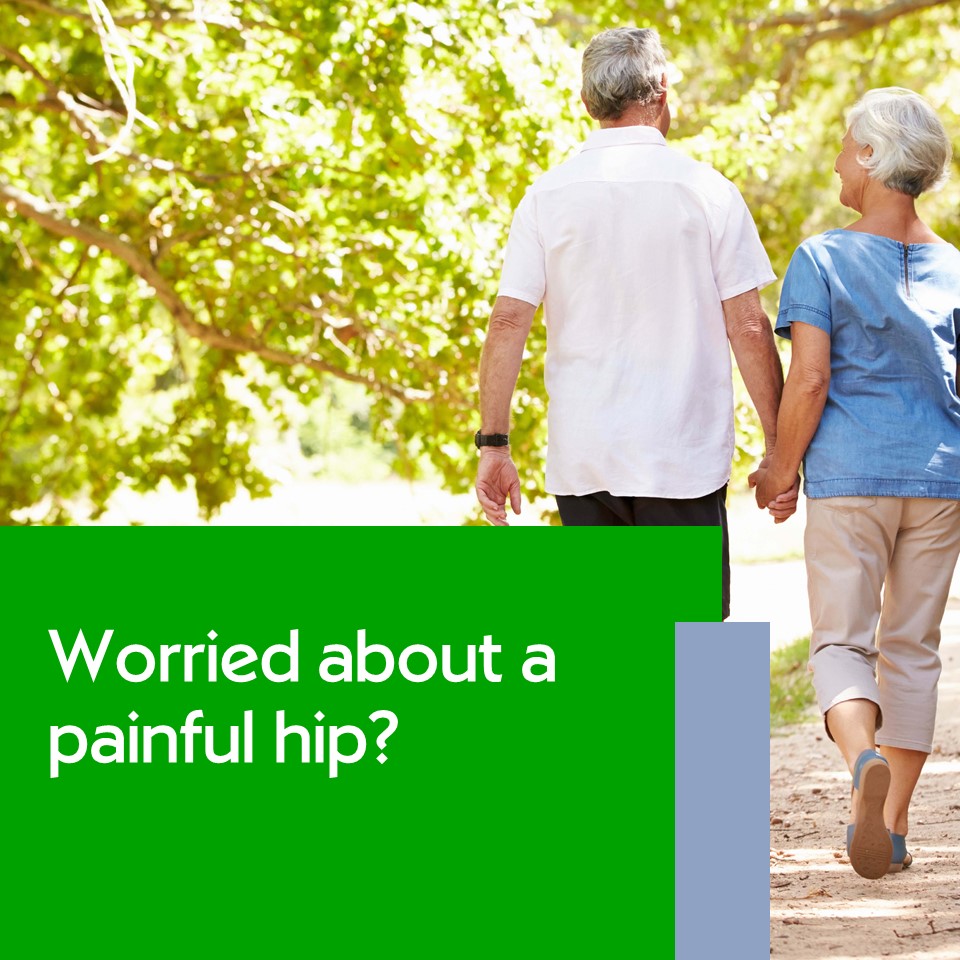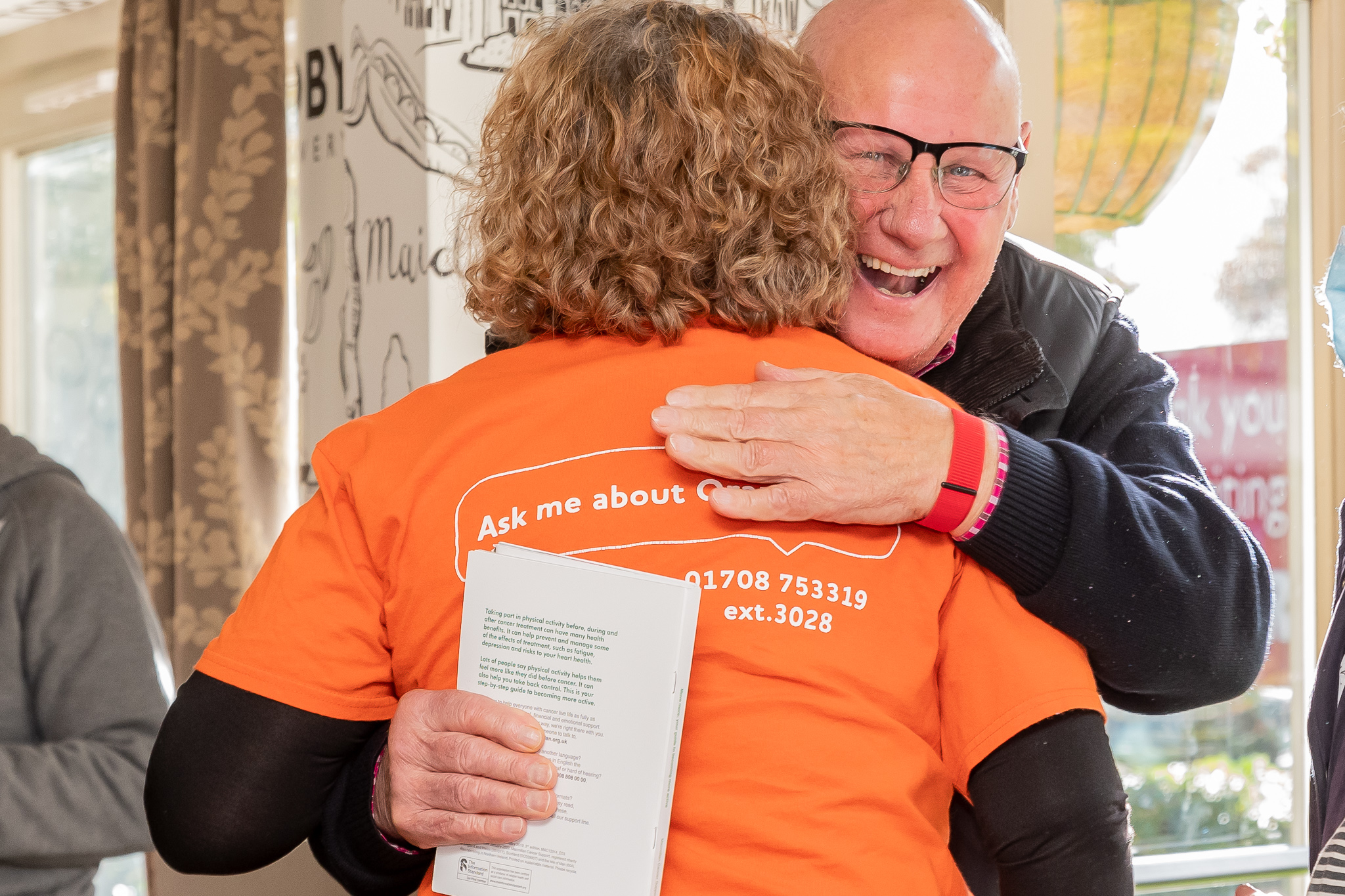
What is a hip replacement? This is a procedure to remove your damaged hip joint and replace it with an artificial joint. It’s used to treat hip pain, most commonly hip osteoarthritis, which is gradual wear and tear of the joint. During the procedure, the damaged joint is removed and replaced with an artificial ball and socket joint (a prosthesis). There are many different types of hip replacement and your surgeon will recommend the one that’s best for you.
There are no set rules when it comes to hip replacement. While the surgery is commonly associated with older patients, in truth it’s a life-changing procedure for anyone with a worn hip joint.
The following signs may indicate hip arthritis or be symptoms of other problems. The best way to accurately diagnose the state of your hip is to speak to a specialist and have an x-ray.
1. Hip or groin pain
Pain around the hip or groin area can be one of the major indicators that there may be an underlying problem with your hip joint. Let’s look at some of the different ways it can manifest.
Pain when walking
If hip or groin pain is preventing you from walking normal distances for you or completing your usual daily activities, then speak to a specialist.
It’s important to remember that this can be relative to you. For some, being able to comfortably stroll a short distance to the post box or local shop is enough. For others, being unable to complete a five-mile walk is unthinkable. It all depends on your lifestyle.
You may find yourself compensating with a limp, relying on a walking stick, or even needing painkillers just to cope with the pain of walking or other activities such as climbing the stairs or getting into a car.
Pain during exercise
Soreness or pain during or after exercise which is stopping you from being as active as you normally would, be it jogging, swimming or other physical activities, can be a sign of hip arthritis.
The pain is usually localised between your hip and knee. If the pain is lower down towards the ankle the problem might be caused by back problems.
Pain at night
If hip pain makes it hard to fall asleep or you find yourself waking up because of the pain caused by your movements in the night – talk to someone about it. There are a number of hip or joint-related issues that could be affecting your sleep.
2. Stiffness
Difficulty putting your shoes or socks on is a common sign of stiffness in your hip, especially if one foot is more difficult than the other. You may also start to feel your hip joint clicking, popping or grinding in ways which impair your normal range of movement. If this is an ongoing problem, you should speak with a specialist.
3. The one leg test
If you can’t stand on your problem leg for longer than a minute – even with the support of a door frame or table-top for balance, then you might have a problem with your hip.
There are some other exercises you can try at home to see if you could benefit from hip pain treatment. For instance:
- Lying on your back or sitting, can you bring your knee to your chest? Assist with your hands if you need to.
- Lying on your back, can you move your leg out to the side without moving your trunk?
- Sitting on a chair, can you place your ankle on the opposite knee and let the knee drop down as far as possible?
For each test, compare both sides of your body. You may find the test easier on one side than the other, and many people notice this.
4. No relief from other treatments
Most hip problems can be resolved without a full hip replacement. There is a range of treatments available, including physiotherapy and medication that may better address your symptoms.
If your hip pain is not severely limiting your daily life, or you have found ongoing relief from these less invasive treatments, then it indicates a hip replacement is likely not the right option for you yet.

Mr Mohammad Shoaib is a Consultant Orthopaedic Surgeon at Nuffield Health Brentwood Hospital. He has extensive experience in lower limb total joint replacement and reconstruction.
Mr Shoaib’s specialist interests are in hip and knee disorders including primary routine and complex total hip and knee replacement, hip and knee surgery for young adults, uni-compartmental knee replacement and arthroscopic knee surgery. As well as treating degenerative disorders, he offers treatment for knee injuries including meniscus repair, anterior cruciate ligament reconstruction and patellofemoral instability/mal tracking.
How to book a consultation at Nuffield Health Brentwood Hospital
Telephone: 01277 886702
Online: https://www.nuffieldhealth.com/hospitals/brentwood
Mr M Shoaib: Mr M Shoaib, Orthopaedic Surgeon | Nuffield Health
Visit: Brentwood Hospital, Shenfield Road, Brentwood, CM15 8EH

































